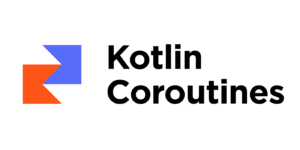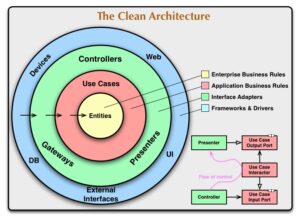
Actually they are related but they address different aspects of the software development process.
Clean Architecture and SOLID are related concepts but address different aspects of software design and architecture. Let’s briefly look at each one:
- SOLID Principles: SOLID is a set of five principles that guide object-oriented design to make software more maintainable, flexible, and understandable. The principles are:
- Single Responsibility Principle (SRP)
- Open/Closed Principle (OCP)
- Liskov Substitution Principle (LSP)
- Interface Segregation Principle (ISP)
- Dependency Inversion Principle (DIP)
- Clean Architecture: Clean Architecture is a broader architectural concept introduced by Robert C. Martin, which emphasizes separation of concerns and dependency inversion. It defines a layered architecture with concentric circles, where each layer has a specific responsibility:
- Entities: Business objects that encapsulate enterprise-wide critical business rules.
- Use Cases: Application-specific business rules.
- Interface Adapters: Convert data between the use case format and the entities format.
- Frameworks and Drivers: External interfaces such as UI, database, etc.
While Clean Architecture and SOLID principles share some common goals, Clean Architecture is more about overall system design and architecture, emphasizing separation of concerns and independence of external dependencies. SOLID principles, on the other hand, are about designing individual classes and components within the system to make them more maintainable and flexible. In practice, Clean Architecture often incorporates SOLID principles as part of its design guidelines.




